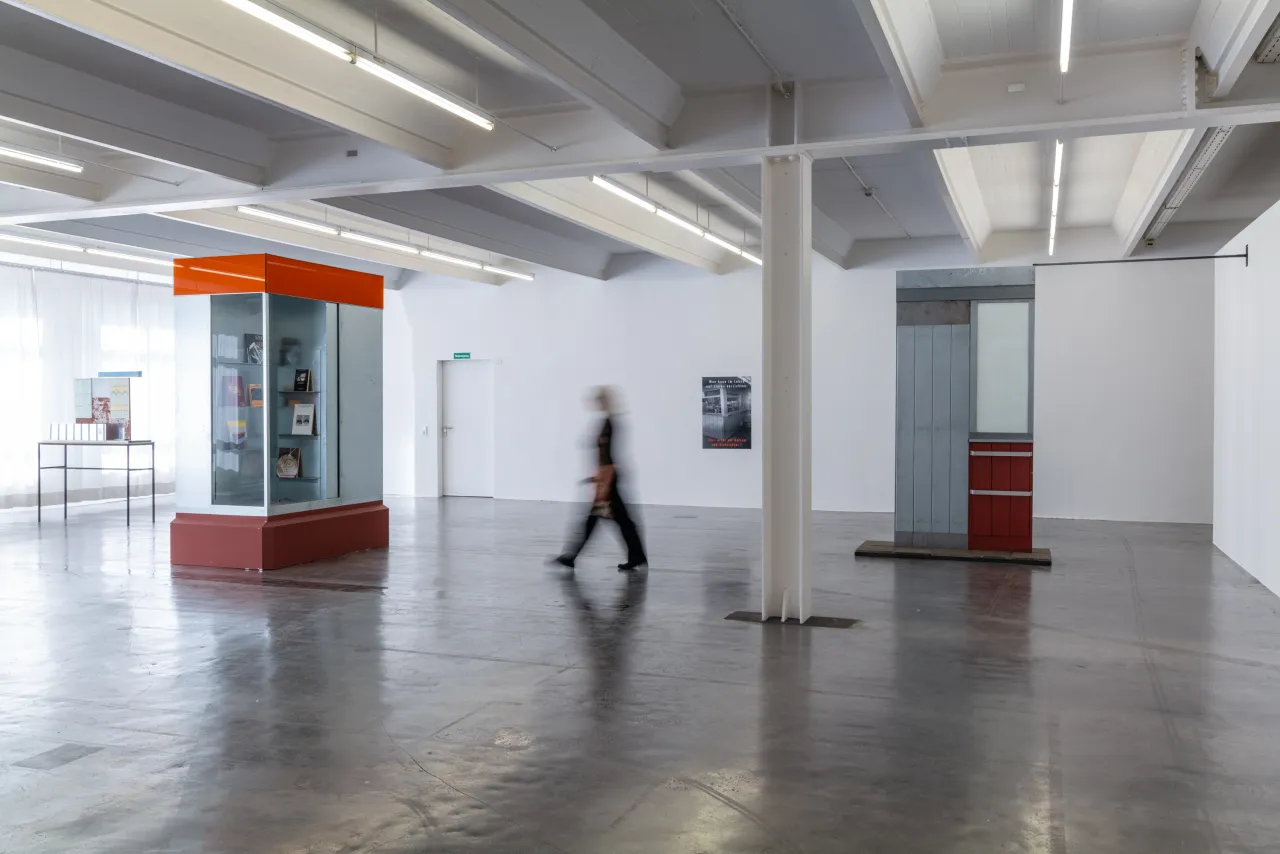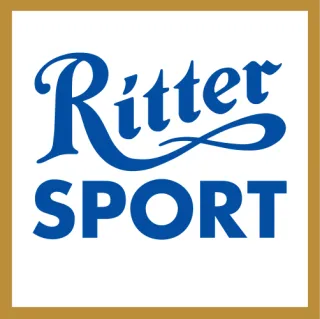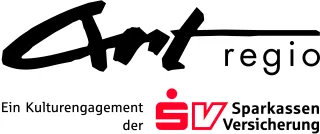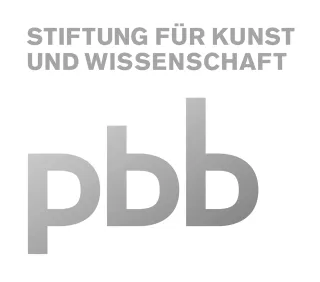Date Saturday 8. October 2022, 17:00 h
Opening Wilhelm Klotzek. Palais-Palais!
Welcome adress: Dr. Aline Lukaszewitz, Chairwoman
Introductory speech: Imke Kannegießer, Artistic Director
Welcome adress: Dr. Aline Lukaszewitz, Chairwoman
Introductory speech: Imke Kannegießer, Artistic Director
Dialogische Führung & Lesung mit Wilhelm Klotzek
The city can be understood as a body. A body, with events occurring on its skin, while its facial expression translates its state of being.¹ Was the night too long or the day too short? Must the unused area give way to something new? Steel struts, marble blocks, glass facades and raw walls join one rhythm with public sculptures, that stretch up into the sky like trees, as events happen between architecture, sculpture and nature and thus constantly change the urban face.

In his solo exhibition at Kunstverein Reutlingen Wilhelm Klotzek approaches this urban body, thus tracing, amongst other things, the articulation of Berlin. It is the city, where he grew up and where the political-historical upheavals still appear so clearly on its surface today. Depicting sculptural association chains, Klotzek's photographic collages guide us through his current exhibition and through Berlin's face of the 1990s. Next to closed off areas, subway train shafts, yawning walls, and lowered tin shutters, the photographs point primarily to the wandering adolescent, who approaches the city by walking and observing, thus making it legible. The sociologist Michel de Certeau already stated on everyday life, that the "act of walking is, for the urban system, that what the utterance (the act of speech) is to language [...]."² This is one of the reasons, why in Klotzek's artistic practice language and urban condensation through architectural fragments are so closely bound.
In his spoken films, Klotzek anecdotally gives voice to cities and their cultural buildings and events. In Dosen und Echtholzblenden (Cans and Real Wood Panels) (2022), his encounter with artworks of another sculptor mainly shifts the focus to the incidental remnants of the city. The eye lingers again and again on the barrier tapes, the veneers, gutted houses or construction sites, emerging from Klotzek's narrative, as they settle on the photographs set in the film. The video Bonn, Beuel, Tannenbusch, Henry Moore und ich (Bonn, Beuel, Tannenbusch, Henry Moore and I) (2020) shows still images of a train ride from Berlin to Bonn. These photographs share briefly caught architectures and Klotzek's thoughts in his expectation and encounter with the city of Bonn - a city, as he describes, "on the other side, in another country; the Westland, where the Westerners live.”³
Klotzek's proximity to literature and language is further evident in his graphical works. As visual poetry, enamel signs address the niche existence of the 12. Briefmarkenausstellung (12th Stamp Exhibition) (2018) or prevented friendships in Großes Bürgerfest (Big Town Celebration) (2018). The silkscreen posters Watton (2019) or Schminke der Freundschaft (Make-up of Friendship) (2018) are based on fantasy, while referring oftentimes to reality, thus it is primarily fictional events happening in Klotzek's urban space. Similar to the situationist practice dérive of the 1960s, Klotzek connects in a roaming motion various moments of the city, that speak in part of decay, of change and the possibility of innovation.
For the body of the city, however, innovation always holds the potential for debate. Reflecting the competition during the Cold War, there are sculptures and buildings in public space that appear referentially here and there in Klotzek's art. The motif of the Reclining Figure, for instance, can be found in the former East as well as West of Berlin, where passers-by are invited to linger. At Wieland Förster's Großen Liegenden (Big Reclining Figure) (1965), a cubical figurative bronze of a naked woman in front of Edeka not far from Ostbahnhof, some people wait at the bottom of the plinth, smoking a cigarette or talking to each other. But even recent architectural events are being addressed in Klotzek's model-like sculpture Humboldt Forum Mitarbeitereingang (Humboldt Forum Staff Entrance) (2020). The miniature of an unpretentious entrance beside an already crumbling facade twist the circumstances once again. The sculpture offers a stage for the peripheral and thus becomes a critical commentary on a controversy around representational buildings, that is waged far beyond Berlin's borders. Consequently, the title of the exhibition Palais-Palais! can be read as a permanent questioning of value relations. Like a lurid exclamation, it asks: What is actually considered to be representative?
Back entrances, bookstores, or snack bars fall like fragments from Klotzek's narrative of the city. They hint at their spatiality and yet appear as facades, reliefs, or sheet metal collages. Discerning the functional part of architecture at first, the sculptures in turn point to their formal and minimalist interest. Consistently, their reverse side reveals an arrangement of glass and steel, showing the model-like nature of the sculptures. Instead of utopian designs, Klotzek's models embody the underrepresented, such as previously mentioned rear entrances or closed tin shutters.
Then again, Klotzek's sculptures are not faithful copies of an original, but rather agglomerations of various architectural influences. A practice, that is comparable to the sculpture Haus (house) (1987) by the artists duo Fischli & Weiss – the miniature replica of a commercial building. Klotzek's piece O.T. (Bücher Ecke) (untitled, Book Corner) (2022) seems to be affiliated to both styles, modern architecture and Gründerzeit⁴, as the protruding foundation disagrees with the enveloping glass and steel wall. Besides its ambiguous formal language, the sculpture further alludes to peeking into the shop window, while the book titles in Klotzek's imagined library capture the common jargon of the art establishment, exaggerating the tone with titles such as Einheitsbrei: Sculpture from the East. Does the Sculpture become a backdrop or a mock-up? What is its relationship to reality? The sidewalk blankets imitate walkways on which pedestrians write their urban text, whereas visitors are being invited to loiter around and listen to Klotzek's cinematic utterances. And even the series Imbiss (2018) hints to the strolling passers-by, eating their sausage at the counter, waiting for their coffee, or scurrying home at night as the city closes its eyes.
It is the memories, observations, and commentaries of change that are inherent in the materiality and language of Klotzek's artistic practice – memories of a childhood and youth, unconsciously manifested in steel, glass, and coloured surfaces, but also commentaries on contemporary urban phenomena. In associative morsels, the exhibition follows a trace of the urban, overturns value relations and patterns of representation and thus seeks to delineate the fringed body of the city. Is it not precisely the fragmented interlinking that always rewrites the text of the city and thereby constantly shapes its face anew?
Text by Elisa Maria Schmitt
Translated with Kristopher Khosrowkhani
¹Cf. Jürgen Hasse, Der Leib der Stadt. Phänomenographische Annäherungen, 2015 (translated freely).
²Michel de Certeau, Kunst des Handelns, 1988, p. 189 (translated freely).
³Wilhelm Klotzek, Bonn, Beuel, Tannenbusch, Henry Moore und ich, 2008-2022, 6.20 Min. (translated freely).
⁴Gründerzeit stands for the years of rapid industrial expansion in Germany.
Wilhelm Klotzek (*1980, East Berlin) lives and works in Berlin. He studied Fine Arts and Sculpture at Kunsthochschule Weissensee (2006-2012) and UDK Berlin (class Lothar Baumgarten, 2009-2012). Klotzek works in a wide variety of artistic media (primarily sculpture, video, performance). His art has been shown in numerous solo and group exhibitions in Germany and abroad. Selection: Chains of Interest, ifa Gallery Berlin, Berlin, 2022, Das Erscheinen eines Jeden in der Menge, Bellevue Palace, Berlin, 2021, Katzen und Architektur, Klosterfelde Edition, Berlin, 2020 (solo), Das architektonische Trio, Tobias Naehring Gallery, Berlin, 2020 (solo), Szene Berlin, Derneburg Castle, Hall Art Foundation, Derneburg, 2020, Der Pudding der Apokalypse, Tobias Naehring Gallery, Leipzig, 2019, (solo, cat. ), Haltung und Fall, Museum Martha Herford, Herford (cat.), The Language of Things, 21er Haus, Vienna, 2016 (cat.), Wilhelm Klotzek: Durex Duplo Resterampe, Heidelberger Kunstverein, 2015 (solo).
The exhibition is sponsored by:




